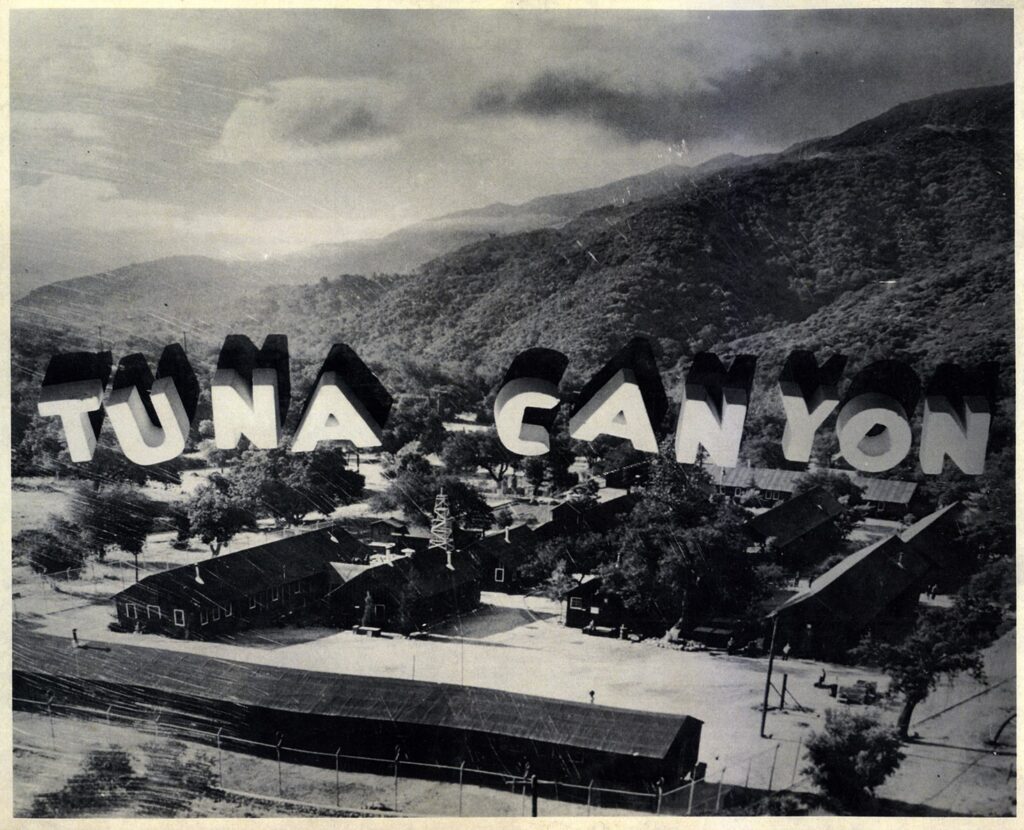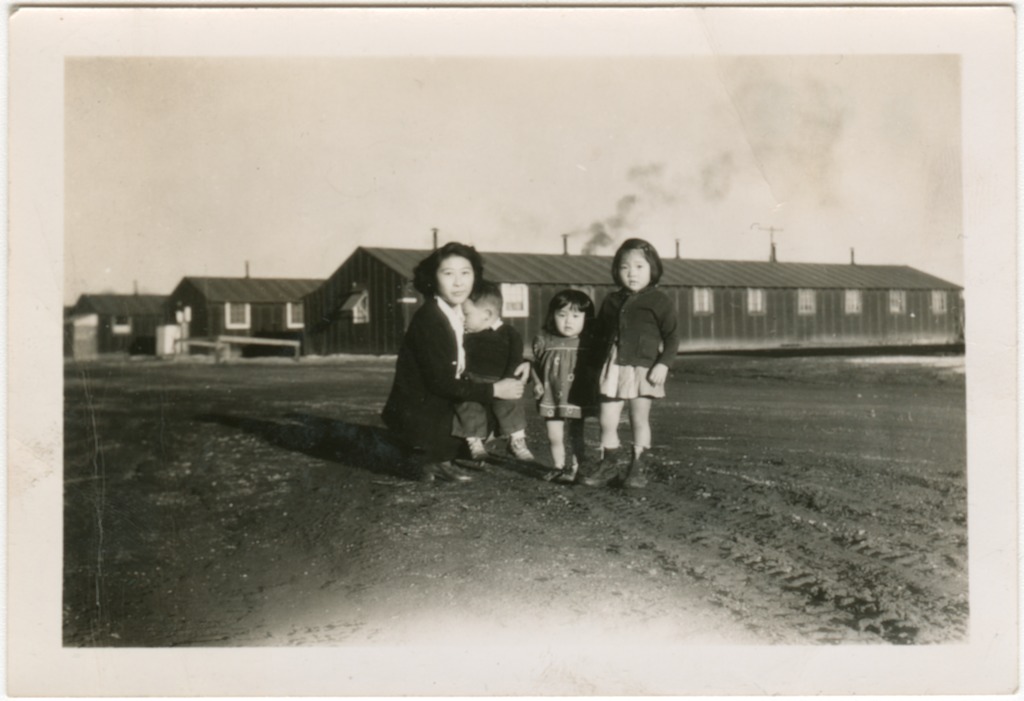Located in California just below the Oregon border, Tule Lake began as one of ten War Relocation Authority concentration camps that held Japanese Americans forcibly removed from the West Coast. But following the WRA’s ill-conceived “loyalty questionnaire” of 1943, it became the notorious “segregation center” for inmates who refused to give unqualified “yes” responses and were unjustly labeled as “disloyal.”
Featured Collections

Tulean Dispatch
This collection consists of selected issues of the Tulean Dispatch, a newspaper published by the inmates at the Tule Lake concentration camp, California.

Mabel Sugiyama Eto Family Collection
The Mabel Sugiyama Eto Family Collection contains photos from life in Tule Lake and Topaz (Central Utah) concentration camps to temporary agricultural leave and post-war relocation.

Shizuko and Shigenori Oiye Collection
The Shizuko and Shigenori Oiye Collection consists of photographs, works of art, correspondence, and documents related to their removal to Tule Lake concentration camp, and their return to Seattle, Washington post-war.
Oral Histories
New Year's Eve at Tule Lake Under Curfew - Chizuko Norton
Chizuko Norton was a teenager during World War II at the Tule Lake concentration camp. In this clip, she talks about being caught after curfew and questioned by a military police officer on New Year's Eve.
Tule Lake farmworkers’ strike - Frank Miyamoto
Pioneering Nisei sociologist Frank Miyamoto, talks about the August 1942 Tule Lake farmworkers’ strike and recalls the atmosphere of unrest at Tule Lake.
Shell Collecting in Tule Lake - Peggie Nishimura Bain
Tule Lake concentration camp, California, was located on a dry lake bed. In this clip, Peggie Nishimura Bain describes Japanese Americans at Tule Lake digging for shells as a competitive pastime.
Encyclopedia Entries
Tule Lake
Tule Lake was one of the ten concentration camps built to imprison Japanese Americans forcibly removed from the West Coast states during World War II.
Tulean Dispatch (newspaper)
The Tulean Dispatch (June 15, 1942 to October 30, 1943) was the newspaper of the Tule Lake camp. Following Tule Lake's transition to a "segregation center," the Tulean Dispatch evolved into the Tule Lake Newell Star newspaper.
Tule Lake isolation center (detention facility)
Several hundred men imprisoned at Tule Lake refused to answer the infamous loyalty questions and were sent to Tule Lake isolation center where they were imprisoned for months under armed military guard.
Blog Posts

Iron Fences and Pepper Pods: Four Poets at Tule Lake and their Stories
Shootings by guards, martial law, divided loyalties among families, intra-camp conflicts and antagonistic administrators, and mass renunciations of U.S. citizenship all contributed to making Tule Lake a site of suffering. During the two chapters of its existence, Tule Lake inspired four poets to write about the incarceration in different ways.

Tule Lake Pilgrimage, 1974
In this American Archives Month guest post, Densho Digital Archivist Caitlin Oiye Coon looks at a recently published collection of photos by Gerald Kajitani. The photos document the second pilgrimage to the site of California’s Tule Lake concentration camp in 1974.

The Literature of Japanese American Incarceration: Unlocking the Voices of Issei and Kibei Nisei Writers
In this guest post, Frank Abe introduces a selection from the new anthology, The Literature of Japanese American Incarceration, which he co-edited with Floyd Cheung. The book was published this week by Penguin Classics.

Educational Material Understanding Tule Lake: A Brief History
Filmmaker Sharon Yamato and Densho Content Director Brian Niiya give an overview of Tule Lake's complicated history. Watch to explore how Tule Lake has evolved over time from a place stigmatized by the larger Japanese American community to one that is recognized today for its role in resistance to the WWII incarceration.

Exploring Your Family History
Over the past two decades Densho’s extensive online resources have become increasingly useful as a tool for Japanese American families to explore their heritage. The Densho Family History Program’s mission is to help members of the Japanese American community connect with their history through education, training, access to genealogical tools, and preservation of historical materials.
Acknowledgement
Funding made possible by The Henri and Tomoye Takahashi Charitable Foundation.
